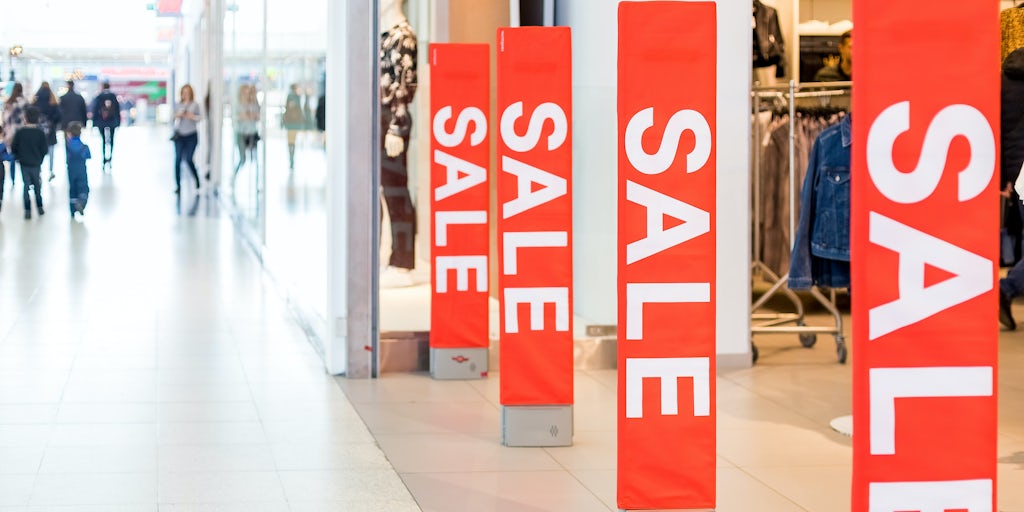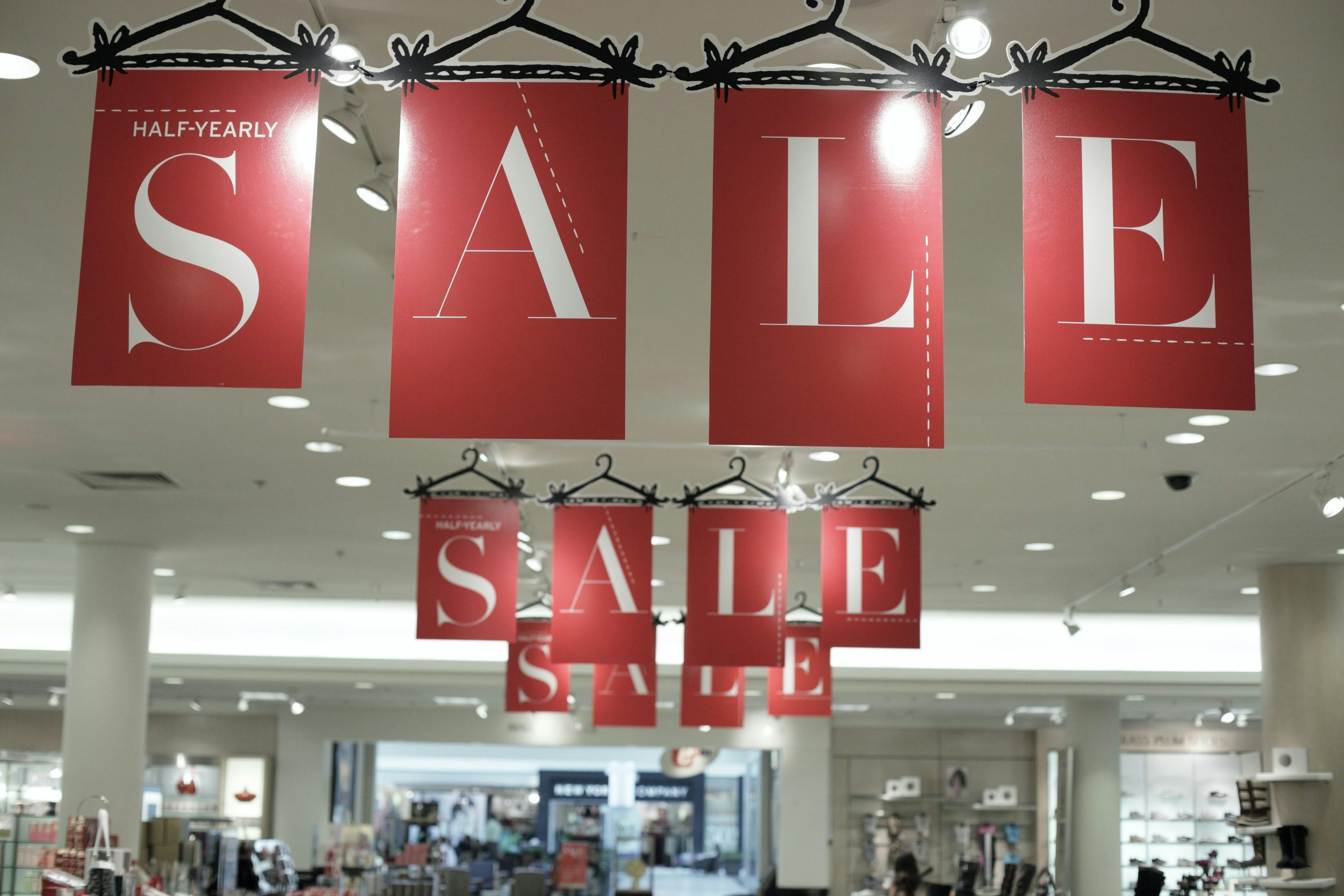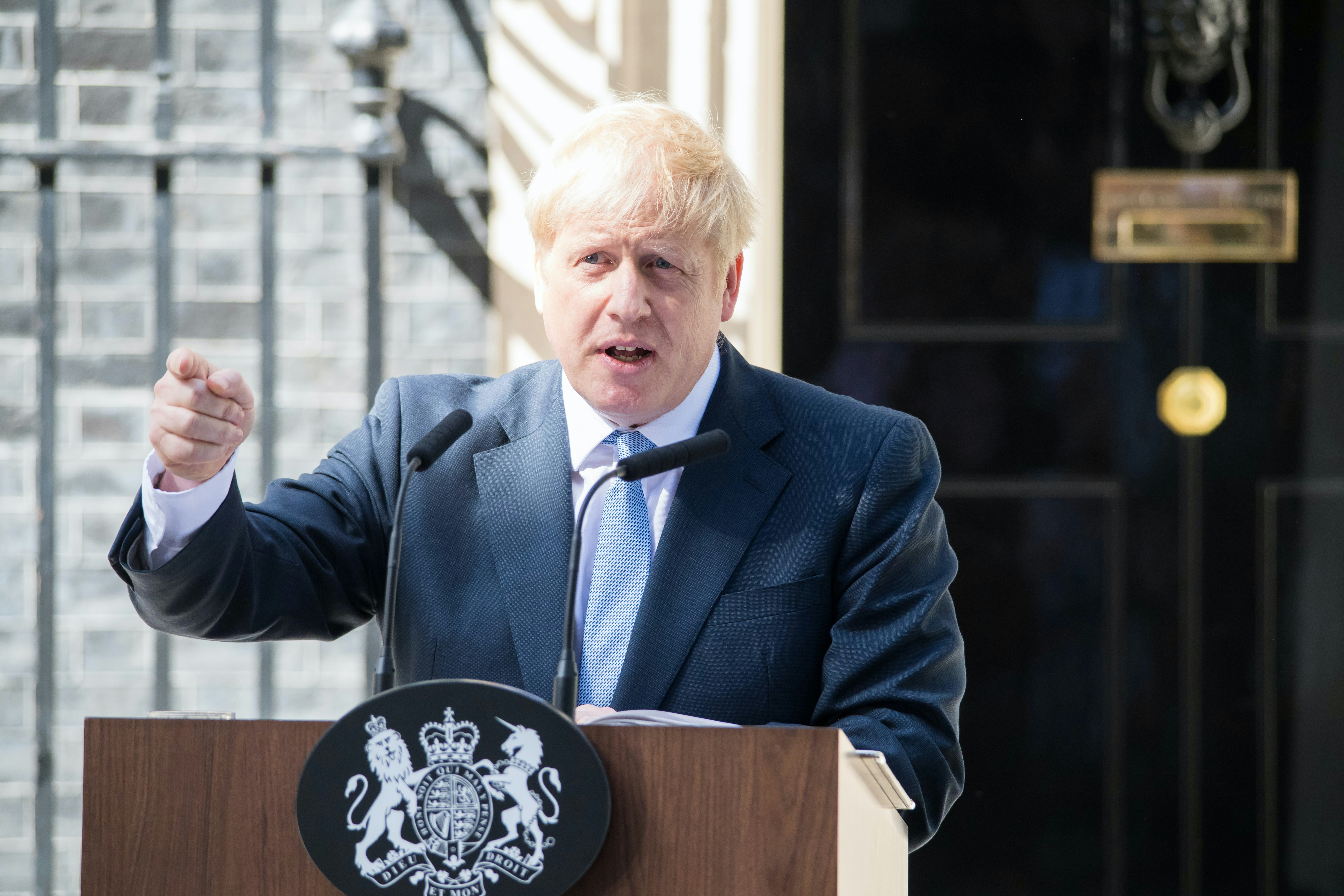Black Friday and Fashion’s Cloudy Holiday Outlook | BoF Professional, The Week Ahead

THE CHEAT SHEET
What’s the Deal With Black Friday This Year?
Holding the right kind of sales can also boost profits and get shoppers excited. Shutterstock
-
Nearly 190 million Americans shopped over the five days spanning Thanksgiving through Cyber Monday in 2019, according to the National Retail Federation
-
This year the NRF and others are predicting lower spending, with the pandemic complicating forecasts
-
Some brands are hoping to break the cycle of discounting by avoiding steep markdowns this year
Will the pandemic spoil retailers’ holidays? With the all-important Black Friday sales event less than a week away, industry experts still aren’t sure. Normally, predicting retail sales is a matter of tracking the right economic indicators, and drilling down on consumer trends. But with the shift to online shopping during the pandemic and the uncertain economic outlook in many countries, nobody’s quite certain what consumers are going to do. Quartz notes that sales forecasts range from a small contraction to an increase nearly on par with the last few years.
There are high stakes for retailers to get it right. Demand forecasting, a tricky science even in normal times, is used to determine which products to buy, in what quantities and where to store them. After a dismal 2020, few brands can afford to be left with mountains of unsold inventory in January, or to miss out on sales due to shortages. The worst off need strong holiday sales if they’re to survive into 2021 at all.
The Bottom Line: The wisdom of Black Friday discounting is also coming under fresh scrutiny in a year that’s already seen wave after wave of sales due to the pandemic’s disruptions. When the average markdowns in May 2020 were on par with Thanksgiving week in 2019, consumers may have a higher threshold for doorbusters this week.
Brands Look Beyond the Mall
American Eagle store. Shutterstock.
-
Gap, Abercrombie & Fitch and American Eagle Outfitters are among the retailers reporting results this week
-
Gap recently outlined am ambitious turnaround plan, including closing stores and selling fewer and more on-trend items
-
Abercrombie and American Eagle have fared relatively well, thanks to strong digital sales and, for American Eagle, continued growth in its Aerie intimates brand
Few retailers are more closely associated with the American mall than Gap, Abercrombie and American Eagle. All three brands have spent much of 2020 imagining a future outside it. Abercrombie and American Eagle have reported surprisingly robust online sales, indicating their teen customers like their brands enough to seek them out even when stores were closed (American Eagle can also lean on its still-hot Aerie intimates brand). Gap had no such reservoir of goodwill to draw on when the pandemic hit. The brand is embarking on a shakeup that will close hundreds of Gap and Banana Republic stores, envisioning 80 percent of locations will be outside malls in 2023. Abercrombie and American Eagle are also paring back their store networks, though not as aggressively.
The Bottom Line: Closing underperforming stores may be sound business strategy, but only if these brands are able to continue to grow their online presence. On that front, American Eagle and Abercrombie’s Hollister staged successful campaigns on TikTok during the back-to-school season. We’ll see if that translated into real sales with this week’s results.
A Brexit Breakthrough?
Prime Minister Boris Johnson held a news conference on the coronavirus outbreak in London on May 25, 2020. Shutterstock.
-
UK and EU negotiators have indicated they are making progress toward a post-Brexit trade deal
-
Failure to reach an agreement by Dec. 31 would result in tariffs on textile and clothing imports, new labour rules and other disruptions
-
Many British brands are already preparing for a “no deal” Brexit
Brexit and optimism are two words rarely seen together. But negotiators on both sides seem positively chummy lately, even if they still have plenty of distance to make up on everything from labour regulations to fishing rights. Any agreement will involve a tradeoff where the UK accepts some EU influence over business regulations in exchange for tariff-free access to the single market. The outlines of a potential agreement are still vague, but the fashion industry is watching closely. A no-deal Brexit would force UK brands to pay duties on European textile imports, while apparel made in the UK will be less competitive in European shops. Immigration is likely to get tougher as well, potentially a problem in an international business such as fashion.
The Bottom Line: A favourable trade deal may come too late for much of Britain’s fashion industry. Many companies have spent the last year preparing for a hard Brexit, including moving factories and warehouses out of the UK. These moves won’t be easily reversed.
The Week Ahead wants to hear from you! Send tips, suggestions, complaints and compliments to [email protected].
Was this BoF Professional email forwarded to you? Join BoF Professional to get access to the exclusive insight and analysis that keeps you ahead of the competition. Subscribe to BoF Professional here.






